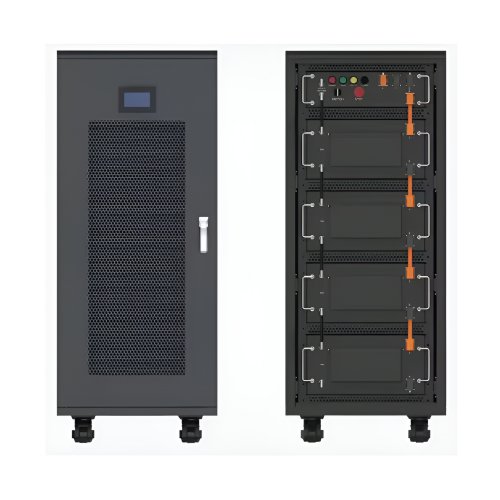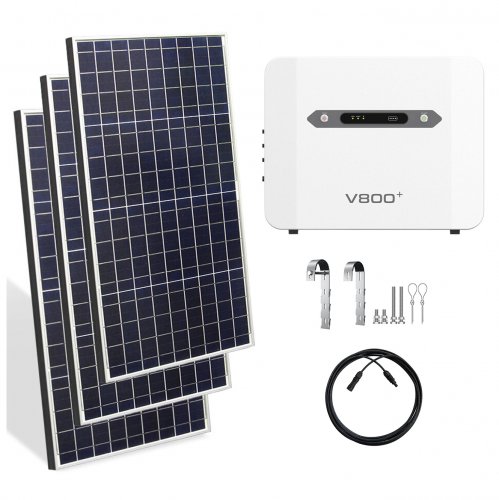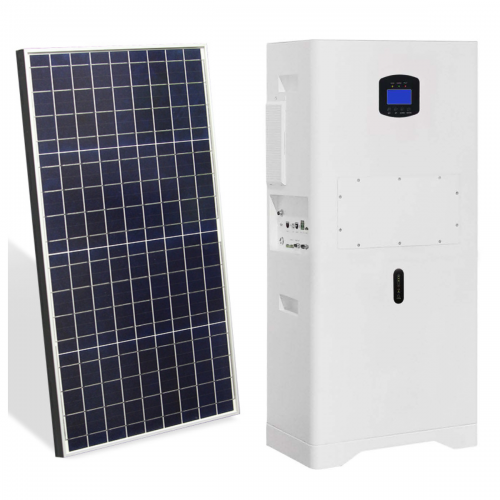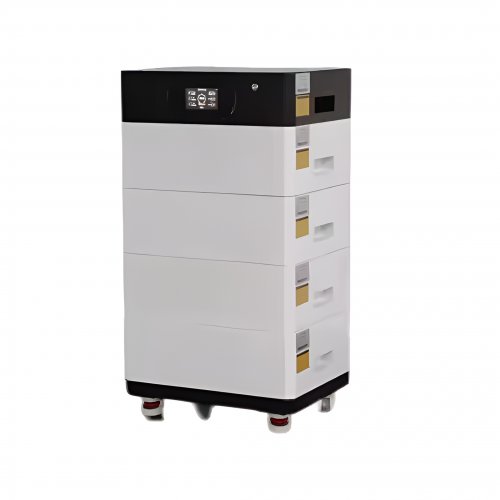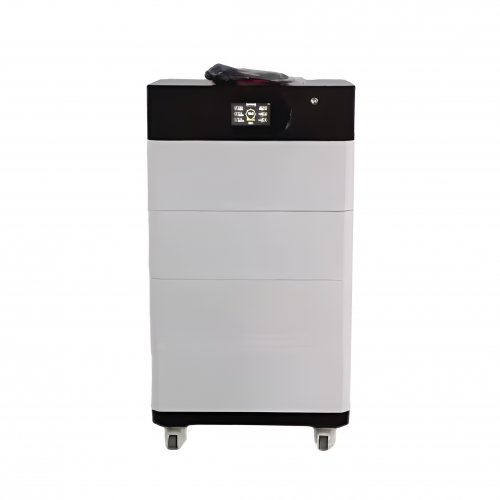Battery Manufacturing Updates News: Advancements In Solid-state, Gigafactory Scaling, And Sustainability Initiatives
The global battery manufacturing sector is undergoing a period of unprecedented transformation, driven by the dual engines of escalating demand for electric vehicles (EVs) and renewable energy storage and relentless innovation in material science and production engineering. The industry's evolution is marked by significant technological breakthroughs, massive scaling efforts, and an increasing focus on the entire lifecycle of battery products.
Latest Industry Developments
A wave of recent announcements underscores the rapid pace of expansion. Major players like CATL, LG Energy Solution, and Panasonic continue to announce new gigafactory projects and expansions across North America, Europe, and Asia. A key trend within this scaling effort is the strategic localization of supply chains, particularly in regions like the United States and the European Union, spurred by policy initiatives such as the U.S. Inflation Reduction Act. These policies are incentivizing domestic production of both cells and their core components, reducing historical reliance on a concentrated supply chain.
Technologically, the most significant news continues to revolve around the progression of solid-state batteries. Companies like Toyota have reaffirmed ambitious production timelines, targeting commercial-scale manufacturing for EVs around 2027-2028. Similarly, QuantumScape has recently shipped its first Alpha-2 prototype cells to automotive partners for testing, a critical step towards validation. While widespread commercialization remains on the horizon, these milestones signal growing confidence in overcoming the manufacturing hurdles that have long plagued solid-state technology.
Furthermore, the industry is seeing a shift beyond the dominant lithium-ion chemistry. Sodium-ion battery production is beginning to scale, with CATL leading the charge. This technology, which utilizes abundant sodium instead of lithium, is positioned as a compelling alternative for less energy-dense applications like stationary energy storage and lower-range urban vehicles, alleviating pressure on lithium resources.
Trend Analysis: Efficiency, Sustainability, and Digitization
Several overarching trends are shaping the manufacturing landscape. Firstly, the pursuit of manufacturing efficiency is paramount. Production speeds are increasing dramatically. Leading manufacturers are achieving higher electrode coating speeds and reducing cell formation and testing times—historically a bottleneck—through improved processes and algorithms. This drive for throughput is essential to lower per-unit costs and meet skyrocketing demand.
Secondly, sustainability has moved from a peripheral concern to a central pillar of corporate strategy. The environmental footprint of battery production, particularly water usage and carbon emissions from material processing and factory energy consumption, is under intense scrutiny. In response, manufacturers are investing heavily in powering facilities with renewable energy, implementing closed-loop water systems, and developing low-energy dry electrode coating processes—a technology pioneered by Tesla’s acquisition of Maxwell Technologies. The recycling of production scrap and end-of-life batteries is also becoming integrated into new manufacturing facilities, creating a more circular economy for critical materials like lithium, cobalt, and nickel.
Finally, the digitization of the factory floor is accelerating. The implementation of Industry 4.0 principles, including AI and machine learning, is optimizing every stage of production. AI-powered visual inspection systems are achieving higher defect detection rates than human operators, while predictive maintenance algorithms analyze machine data to prevent downtime. Digital twin technology is being used to simulate production lines before they are built, allowing for optimization and problem-solving in a virtual environment, which saves significant time and capital during factory ramp-up.
Expert Perspectives
Industry experts emphasize a nuanced view of these developments. Dr. Elena Richards, a materials scientist and independent consultant, notes, "The progress in solid-state is encouraging, but the manufacturing challenge cannot be understated. Moving from a small-scale pouch cell to a high-volume, automotive-grade prismatic or cylindrical cell involves immense complexities in material handling, layer stacking, and quality control. The companies that succeed will be those that have mastered the fundamentals of lithium-ion manufacturing and can adapt those learnings."
On the topic of scaling, Michael Turner, an analyst specializing in energy storage, highlights the supply chain risks. "The gigafactory boom is impressive, but it exposes vulnerabilities. The race for lithium is well-known, but equally critical are the bottlenecks in processing capacity for cathode and anode materials, as well as the supply of copper foil and separators. Vertical integration, where manufacturers control more of their supply chain, is becoming a key competitive advantage."
Regarding sustainability, Dr. Sofia Chen, lead researcher at the Institute for Energy and Resources, argues that regulations will be a major driver. "Carbon footprint requirements for batteries, such as those being implemented in the EU, will fundamentally change how manufacturers operate. It’s no longer just about the cost and performance of the cell coming off the line; it's about the embedded emissions in every component. This will incentivize localized production in regions with clean grids and foster innovation in low-carbon processing techniques."
In conclusion, the battery manufacturing industry is characterized by dynamic growth and profound change. The focus is expanding from simply increasing capacity to innovating with new chemistries, radically improving production efficiency, and embedding sustainability into the core of manufacturing operations. The continued collaboration between industry, academia, and policymakers will be crucial in addressing the remaining challenges and securing a robust, sustainable, and cost-effective supply of batteries for the global energy transition.
Customized/OEM/ODM Service
HomSolar Supports Lifepo4 battery pack customization/OEM/ODM service, welcome to contact us and tell us your needs.


HomSolar: Your One-stop LiFePO4 Battery Pack & ESS Solution Manufacturer
Our line of LiFePO4 (LFP) batteries offer a solution to demanding applications that require a lighter weight, longer life, and higher capacity battery. Features include advanced battery management systems (BMS), Bluetooth® communication and active intelligent monitoring.

Customised Lithium Iron Phosphate Battery Casing
ABS plastic housing, aluminium housing, stainless steel housing and iron housing are available, and can also be designed and customised according to your needs.

HomSolar Smart BMS
Intelligent Battery Management System for HomSolar Energy Storage System. Bluetooth, temperature sensor, LCD display, CAN interface, UART interface also available.


Terminals & Plugs Can Be Customized
A wide range of terminals and plugs can be customised to suit the application needs of your battery products.

Well-designed Solutions for Energy Storage Systems
We will design the perfect energy storage system solution according to your needs, so that you can easily solve the specific industry applications of battery products.



About Our Battery Cells
Our energy storage system products use brand new grade A LiFePO4 cells with a battery lifespan of more than 4,000 charge/discharge cycles.



Applications in Different Industries
We supply customized & OEM battery pack, assemble cells with wiring, fuse and plastic cover, all the cell wires connected to PCB plug or built BMS.
Applications: E-bike, Electric Scooter, Golf Carts, RV, Electric Wheelchair, Electric Tools, Robot Cleaner, Robot Sweeper, Solar Energy Storage System, Emergency Light, Solar Power Light, Medical Equipment, UPS Backup Power Supply.
We can provide you with customized services. We have the ability to provide a vertical supply chain, from single cells to pack/module and to a complete power solution with BMS, etc.


HomSolar (Shenzhen) Technology Co., Ltd







